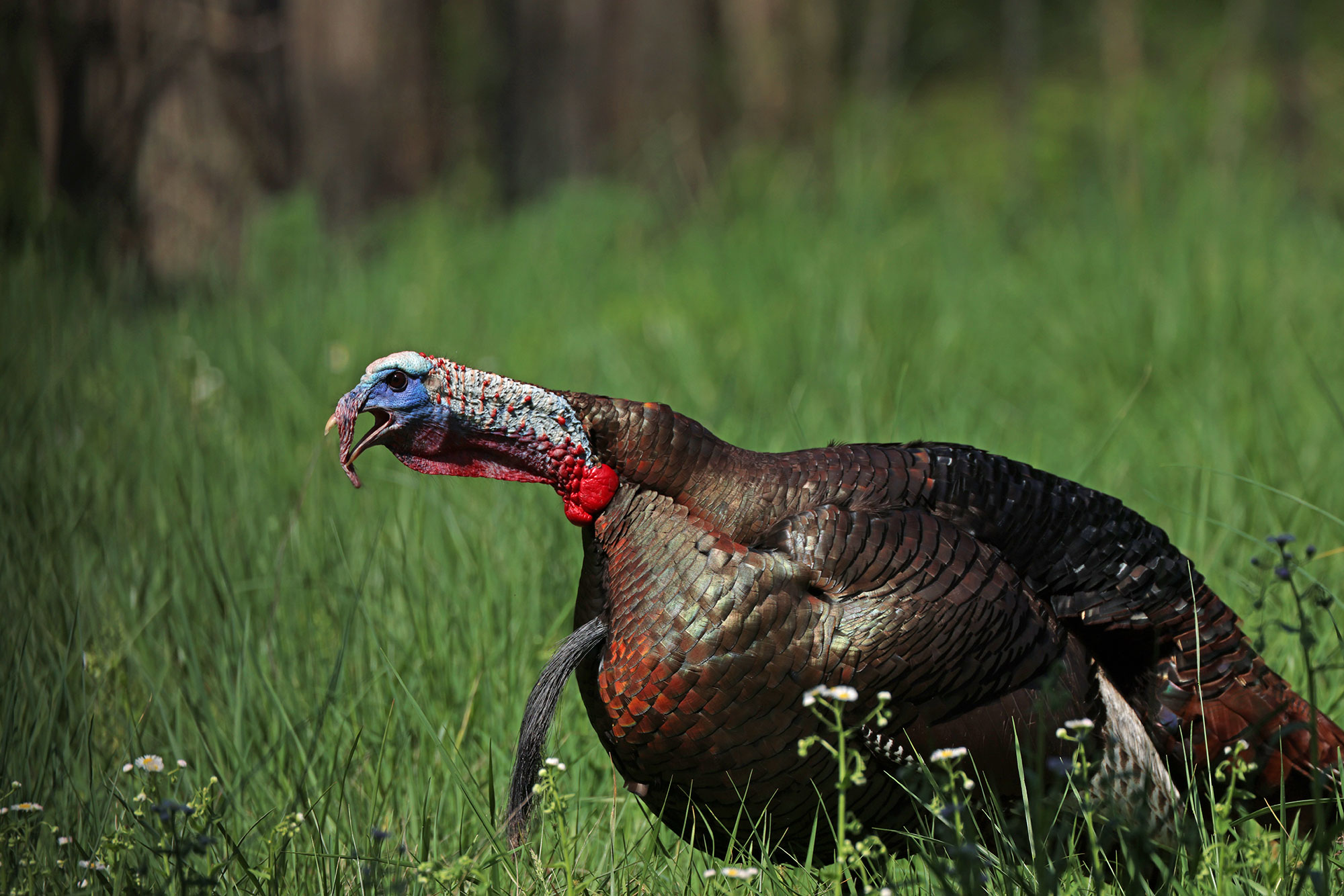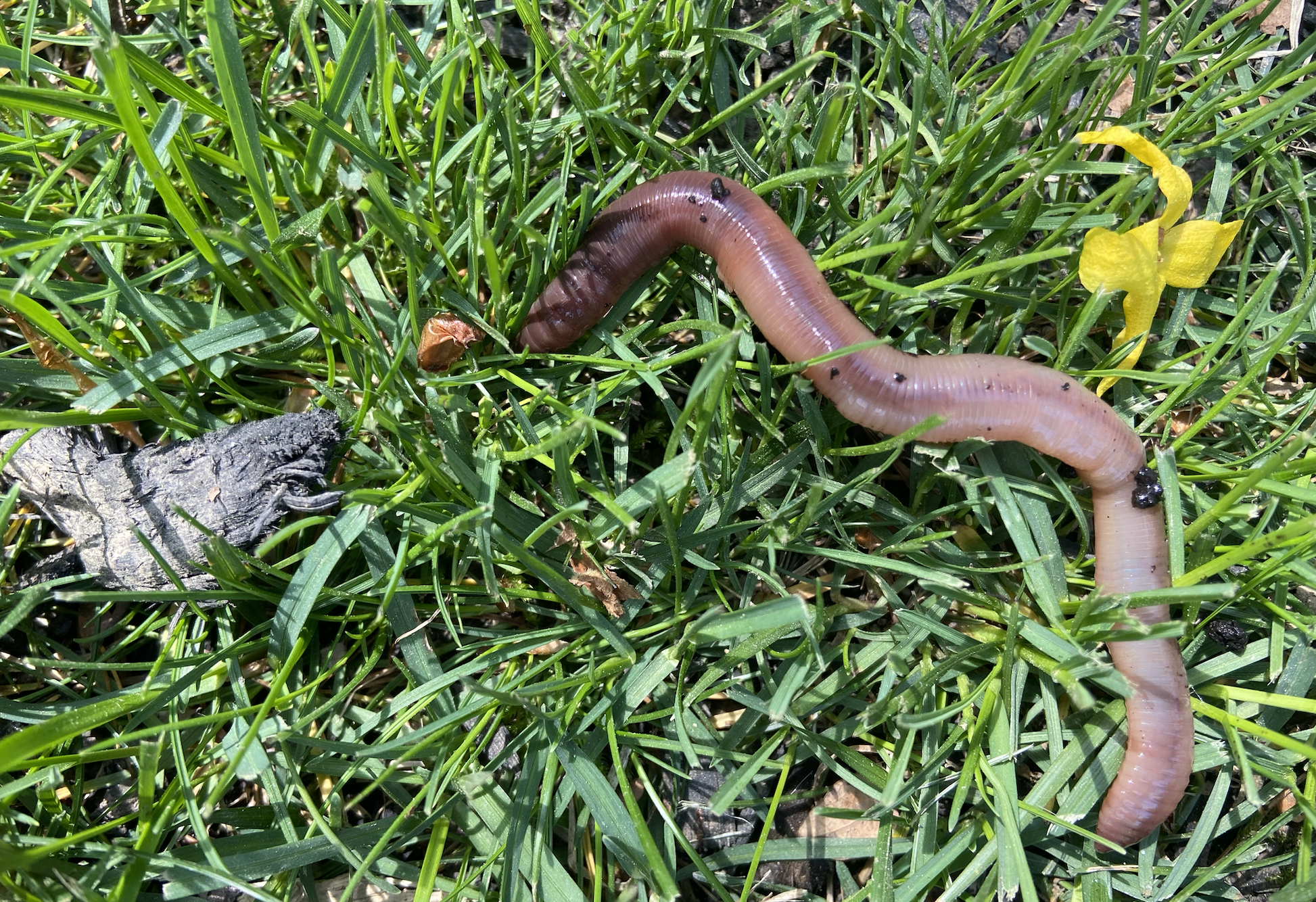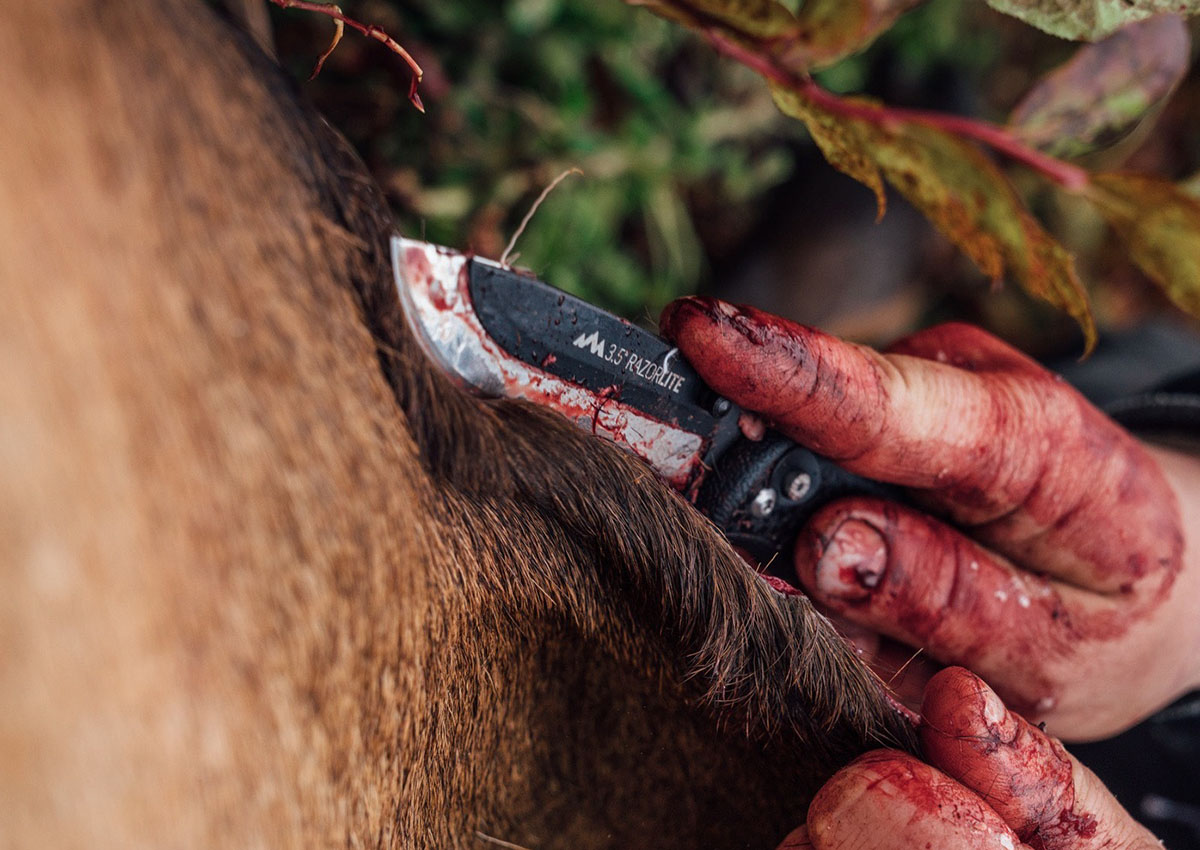I Opened a Beef Tallow Jar From 10 Years Ago. This Is What I Learned
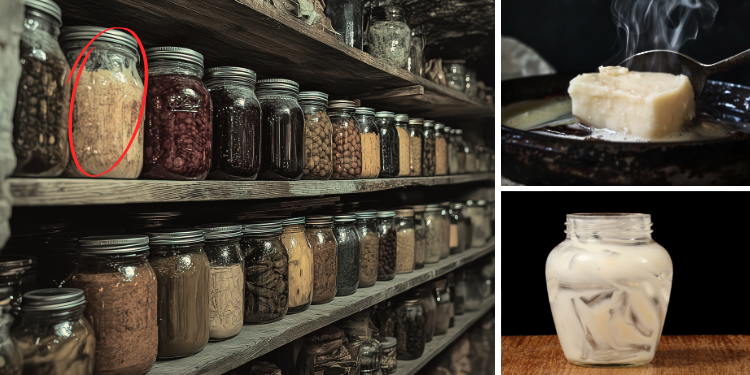
I always considered myself a bit of an experimental prepper, testing out different methods, theories, and DIY preservation techniques. That’s why, ten years ago, I rendered down some beef tallow, sealed it up in a jar, and stashed it away. I was curious: how long could this stuff actually last? Would it go rancid in a few years, or would it still be as good as the day I sealed it?
Fast forward a decade, and I was ready to find out. I went down into my storage area, found the jar (still sealed tight and looking pretty much exactly like it did ten years ago), and decided to open it up. Here’s what I learned from cracking open a jar of beef tallow that’s been sitting for a decade.
The Visual Check
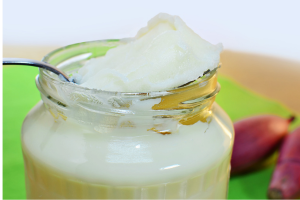 The first thing I did was give the jar a thorough visual inspection. I’m no stranger to mold or things going bad, so I knew what I was looking for. I’d sealed the tallow in a clean, sterilized glass jar, and the lid had remained intact the entire time—no leaks, no rust, no broken seal. It may have helped that I kept it in the root cellar I built myself.
The first thing I did was give the jar a thorough visual inspection. I’m no stranger to mold or things going bad, so I knew what I was looking for. I’d sealed the tallow in a clean, sterilized glass jar, and the lid had remained intact the entire time—no leaks, no rust, no broken seal. It may have helped that I kept it in the root cellar I built myself.
From the outside, the tallow looked fine. It still had that creamy white color that I remembered. There was no noticeable discoloration, no separation of strange liquids, and no sign of mold. So far, so good.
When I unscrewed the lid, there was that satisfying pop of a well-maintained seal. I took a moment to smell it, because, honestly, if anything was going to give away its age, it would be the scent.
The Smell Test
Beef tallow has a distinct smell; rich, a little meaty, but not overwhelmingly so. I took a whiff, and to my surprise, it still smelled… fine. It wasn’t rancid. There were no sour or off-putting notes, nothing that made me recoil. It smelled like beef tallow, just like the day I sealed it. If you’ve ever opened a jar of old oil that’s gone bad, you know it’s a smell that hits you immediately. This had none of that.
I should note that I stored this jar in a cool, dark area the entire time; a basement storage closet that stays pretty consistent in temperature. Temperature fluctuations can cause fats to go rancid more quickly, and I’m sure that the steady environment played a big role in how well it held up.
Texture and Consistency
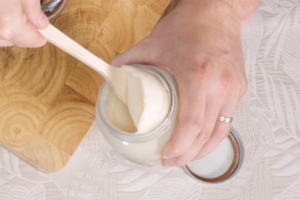 Next, I used a clean spoon to scoop out a bit of the tallow. Texture-wise, it was just as solid as I remembered. It’s important to note that beef tallow is quite stable at room
Next, I used a clean spoon to scoop out a bit of the tallow. Texture-wise, it was just as solid as I remembered. It’s important to note that beef tallow is quite stable at room
temperature, and the consistency hasn’t changed at all. It was still smooth, a bit waxy, and had no signs of graininess or separation.
There was no liquid pooling at the top of any hard crusty layer that sometimes develops on old fats. If I hadn’t known this jar was ten years old, I could have easily been fooled into
thinking it was fresh. I was honestly impressed.
The Taste Test
This was the real test; actually tasting the tallow. Now, I’m not one to recommend that anyone just dive in and eat decade-old preserved food without a little caution.
But, after the visual check, the smell test, and the consistency check, I was confident enough to give it a try.
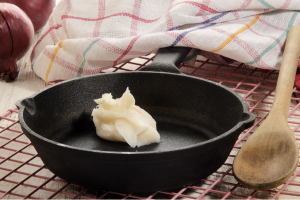
I decided to do a small test by frying up some potatoes in it. I figured that if there were any off flavors, it would come through in the taste. I melted a bit of the tallow in a cast-iron skillet, and again, there was no weird smell as it heated. It melted down smoothly, with the same color and texture as fresh tallow.
Related: 10 Foods You Should Store in Lard for a Long Shelf Life
Once the potatoes were done, I took a tentative bite. To my surprise, they tasted… normal. There was no funky aftertaste, no bitterness, nothing to suggest that the tallow had gone bad. It imparted that same rich, savory flavor that I’d expect from beef tallow. In short, it was still completely usable.
Why Beef Tallow Lasts So Long
Beef tallow is one of those old-school fats that has a lot of staying power. It’s high in saturated fat, which makes it far more stable than vegetable oils or even lard. The rendering process removes impurities, and when properly stored in a sterilized jar with a good seal, tallow can last a very long time.
It’s worth noting that tallow was a staple for our ancestors long before refrigeration. This is how they made it to last a really long time. They would use it for cooking, candle-making, and even as a skin balm. Its long shelf life made it invaluable for homesteaders and pioneers who needed reliable sources of fat that wouldn’t spoil easily.
Factors That Affect Tallow’s Shelf Life
Reflecting on this experiment, I realized just how much the storage conditions mattered. Here are a few key factors that I believe contributed to the tallow’s longevity:
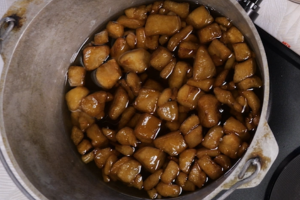 Proper Rendering: When I originally rendered the tallow, I took care to do it slowly and thoroughly, making sure to strain out any bits of meat or impurities. Those little bits can spoil over time and cause the whole batch to go bad.
Proper Rendering: When I originally rendered the tallow, I took care to do it slowly and thoroughly, making sure to strain out any bits of meat or impurities. Those little bits can spoil over time and cause the whole batch to go bad.- Sterilized Jar and Good Seal: I used a sterilized glass jar and made sure the seal was tight. Any bacteria that gets into the jar can cause spoilage, so keeping everything clean is crucial.
- Cool, Dark Storage: The jar was stored in a cool, dark place, away from temperature fluctuations and light. Heat and light are enemies of fat storage, as they can speed up the process of rancidity.
What I Learned
So, what did I learn from opening a ten-year-old jar of beef tallow? First, I learned that when properly rendered and stored, beef tallow is incredibly resilient. It’s a testament to the value of traditional preservation methods and the benefits of having a reliable fat source in long-term storage.
I also learned the importance of proper technique. If I’d been careless when rendering the tallow or sealing the jar, I’m sure the outcome would have been very different. This experiment reinforced the idea that attention to detail can make or break your food storage efforts.
Finally, I learned that having a variety of preserved foods, including fats like tallow, is a smart move for any prepper. Fats are often overlooked in long-term food storage, but they’re crucial for a balanced diet and provide much-needed calories, especially in a survival situation. The fact that this tallow held up so well over ten years means it’s something I’ll definitely keep in my storage rotation.
Should You Store Beef Tallow Long-Term?
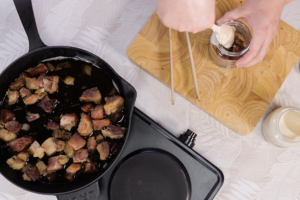 If you’re considering adding beef tallow to your long-term storage, I’d say go for it; with some caveats. Make sure you render it properly, store it in sterilized jars, and keep it in a stable environment. If you do that, you might be surprised at just how long it can last.
If you’re considering adding beef tallow to your long-term storage, I’d say go for it; with some caveats. Make sure you render it properly, store it in sterilized jars, and keep it in a stable environment. If you do that, you might be surprised at just how long it can last.
Tallow is versatile. You can use it for frying, baking, or even making emergency candles if you’re in a pinch. Plus, unlike many modern cooking oils, it’s free of additives and stabilizers that can affect its shelf life.
Final Thoughts
Opening that decade-old jar of beef tallow was a fascinating experience. It showed me just how effective traditional preservation methods can be when done right. Not only was the tallow still good, but it was also just as flavourful and useful as the day I rendered it using this recipe.
For those of us who like to be prepared, having a reliable source of fat in our storage is invaluable. This experiment has given me even more confidence in beef tallow as a long-term storage option, and I hope it inspires you to give it a try as well.
Whether you’re an experienced prepper or just starting out, beef tallow is definitely worth considering. Just be sure to render it well, store it properly, and enjoy the peace of mind that comes with knowing you’ve got a reliable fat source that can stand the test of time—even a decade or more.
You may also like:

10 Things You Should Never Do When The Power Goes Out
What Amish Would Never Store in Their Pantry, but Most Americans Do! (Video)
How To Get Back Home After An EMP Strike
Ingenious Foods People Made During Famines
Survival Skills You Can Trade After SHTF
Read the full article here




